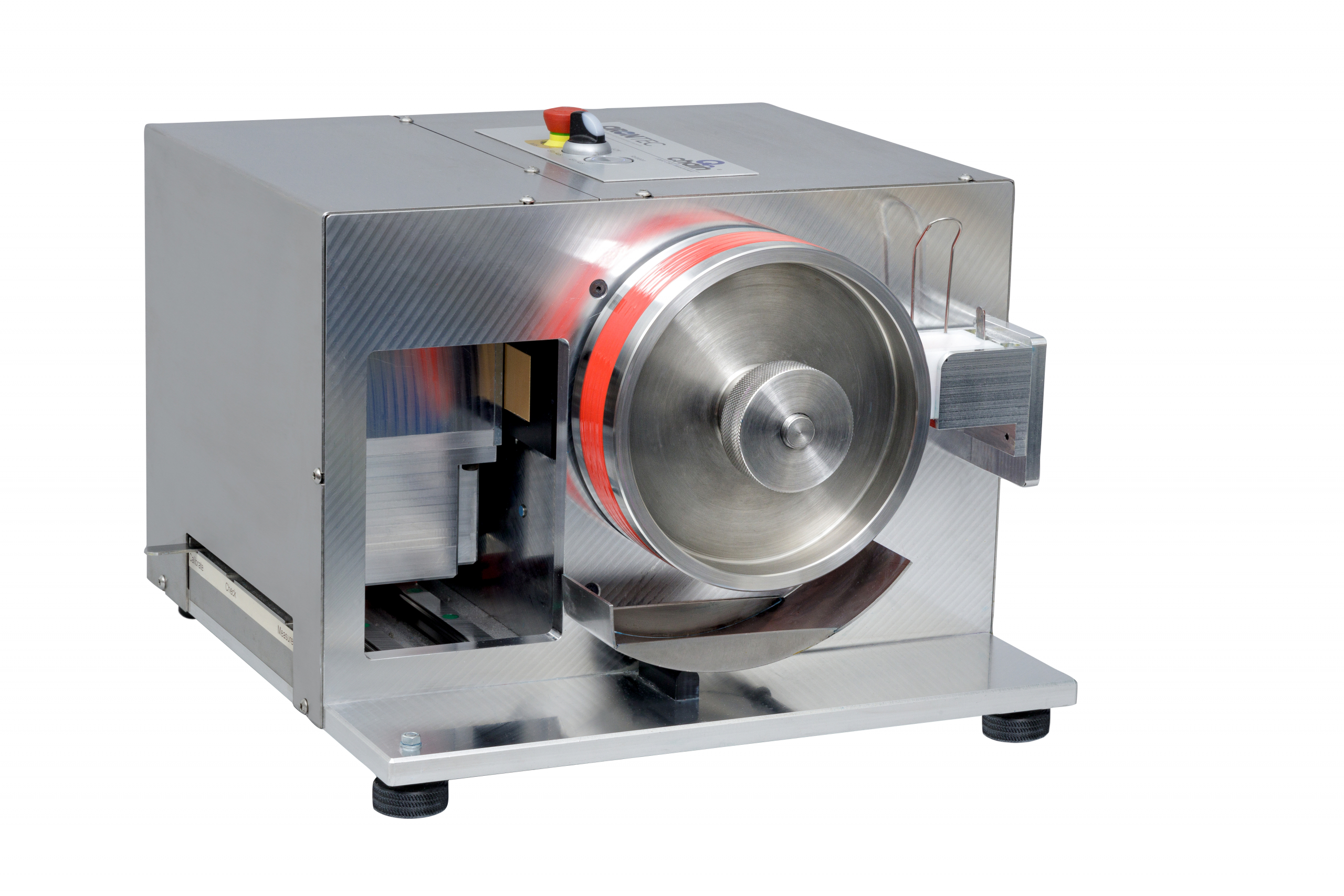What do testing processes have to do with energy requirements in production?
We’ve heard it all too often: energy is expensive. And energy remains expensive. It is obviously part of the political course to encourage consumers and companies to save energy by keeping costs high.
Yet we afford not to take advantage of all the opportunities. Today, I would like to draw attention to a possibility that is not obvious: How do imprecise testing methods affect the energy requirements of a paint production process?
Inaccurate color strength determinations for pastes and semi-finished products, for example, have an impact on the color tone corrections of the coatings and inks produced from them. Non-optimized dispersion processes also lead to longer dispersion times or to a higher number of passages for dispersion. What does one passage cost? Or what is the cost of an hour more dispersion time?
Let’s make a few assumptions:
- The average price of electricity in the middle class in 2022 was about 21 ct/kWh.
- The number of batches in dispersion is 300 batches per year.
- A bead mill with a power of 75 kW is used in the passage production.
- Example: NETZSCH AlphA® System Discus 150
One passage takes 8 hours.
On average, 3 passages are carried out.
- Example: NETZSCH AlphA® System Discus 150
- A basket mill with 55 kW is used in a circuit production.
- Example: CIRCULAR BASKET MILL KBM 601-75 FU
One batch is dispersed for 8 hours.
- Example: CIRCULAR BASKET MILL KBM 601-75 FU
Passage production, the process consumes 540,000 kWh of electricity per year for 300 batches, resulting in €113,400 in electricity costs. We have already demonstrated that by optimizing the dispersion processes, 25% dispersion time would be saved, either by shorter time per passage or by reducing the number of passages. This optimization can save 28,350 euros per year.
In closed-loop production, the process consumes 132,000 kWh of electricity per year for 300 batches, resulting in electricity costs of €27,720 per year. There is considerable potential for optimization in closed-loop processes. In one extreme case, we demonstrated that dispersion at a planned time of 16 hours showed no change after only 1 hour. This is certainly not representative, so we also assume an average reduction in dispersion time of 25% here. A saving of 6,930 euros per year is then possible.
In the following production step, knowledge of exact material parameters, such as the color strength and color location of the semi-finished products, can reduce the corrections to approximately 1.
Let us assume that the agitator on the mixer has a power of 100 kW and that on average 3 corrections are carried out. Assuming a number of corrections of 3 before optimization, 150,000 kWh of electricity are consumed per year for the agitation of 1,000 batches with an agitation time of 30 minutes. A reduction by 2 corrections would therefore result in a saving of 100,000 kWh and costs of 21,000 euros per year.
The calculation does not take into account the influences of higher production capacity and fewer working hours.
We have described the path to optimized processes. There have already been several blog posts on this:
- Use your slumbering capacities!
- Avoid corrections! Completely!
- Do you determine the correct color strength?
You would like to have your potentials calculated more precisely? Then contact me down below this post.




